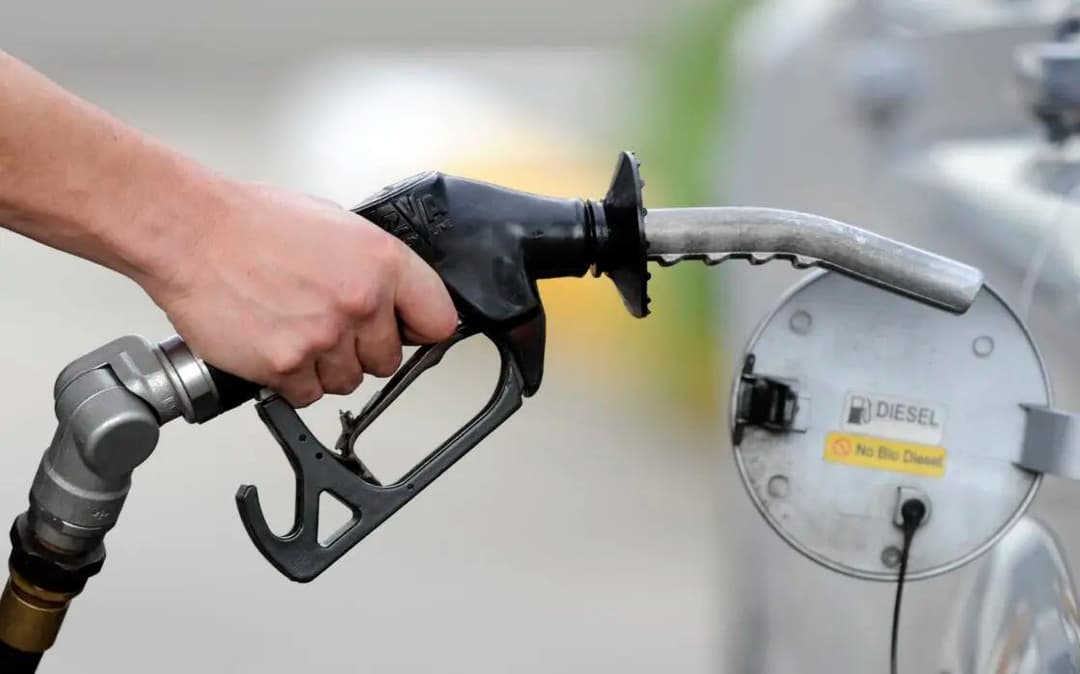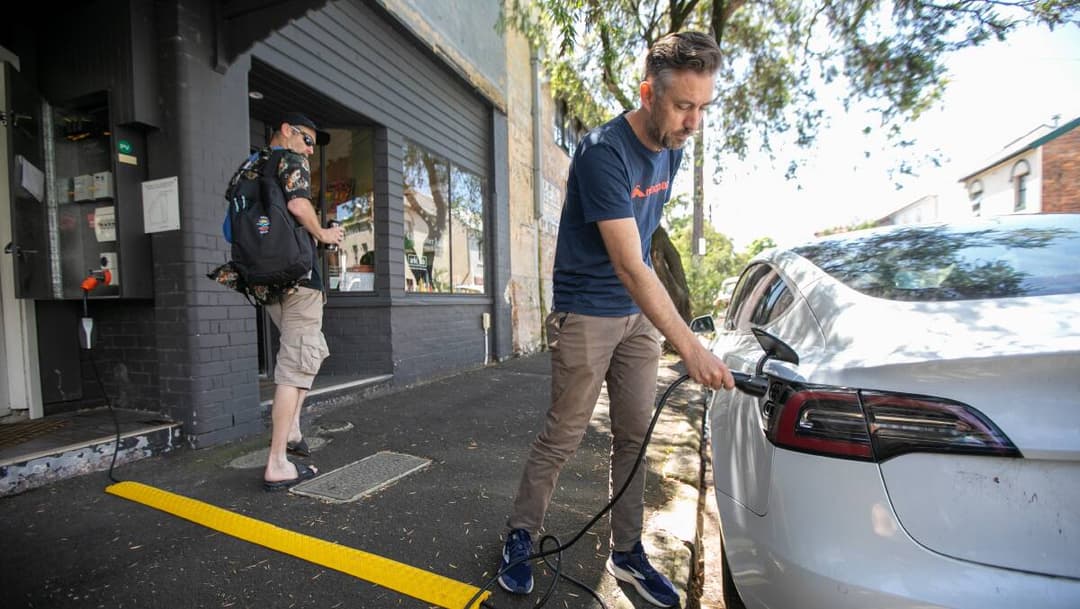A major new round of vehicle testing has revealed that many popular cars on Australian roads are using more fuel than manufacturers claim and some of the biggest discrepancies are coming from hybrid vehicles.
The findings come from the Australian Automobile Association (AAA), which released the latest results from its $14 million Real-World Testing Program. The program aims to give Aussie drivers a more accurate picture of how much fuel their cars actually consume, and how much pollution they produce, when driven in everyday conditions.
▶️MORE: EV Charging Guide | Zecar | Resources | News
Fuel Use Far Higher Than Expected
In this latest round of testing, 25 out of 30 vehicles used more petrol than their lab results suggested. Eleven of those cars used at least 10 per cent more fuel than advertised. The tests were conducted on a 93-kilometre route around Geelong in Victoria, covering city streets, country roads, and motorways.
One of the biggest surprises was the Hyundai Kona Hybrid, which used 33 per cent more fuel on the road than in controlled lab conditions — the worst result in the batch. Other cars with major discrepancies included:
| Model | Type | Real-World Fuel Gap |
| Hyundai Kona Hybrid | Small SUV | +33% |
| Kia Stonic | Small SUV | +26% |
| Hyundai i30 Hybrid | Hatchback | +17% |
| Toyota Fortuner | Large SUV | +16% |
| Kia Sportage Hybrid | Medium SUV | +14% |
These results raise concerns that many hybrids, often marketed for their fuel efficiency, may not be delivering the savings they promise once out of the lab.
▶️MORE: zecar - Helping you switch to electric cars and clean energy.

Emissions Problems Also Found
Fuel use wasn’t the only issue. Six of the vehicles tested also failed to meet Australia’s emission standards for harmful pollutants. Models that produced more noxious emissions than legally allowed included:
- Ford Ranger
- Toyota Hi-Ace
- Toyota Fortuner
These results add pressure on carmakers to improve not only efficiency but also their environmental performance in real-world conditions.
▶️MORE: Are Electric Cars Better For The Environment?
Some Cars Did Better Than Expected
Not all the results were disappointing. A few vehicles actually used less fuel than claimed, offering a rare win for consumers. These included:
| Model | Type | Real-World Fuel Gap |
| Ford Transit | Van | -9% |
| Lexus NX350h | Hybrid SUV | -7% |
| Mercedes-Benz GLC250 | SUV | -3% |
These models outperformed their lab results and may be worth a closer look for budget-conscious drivers.
▶️MORE: New Study EVs Found 73% Cleaner Than Gas Cars Even With …

Why the Difference?
According to AAA managing director Michael Bradley, manufacturers are still tuning their cars to perform well in laboratory conditions, but not necessarily on the road.
“It’s becoming clear that many cars are built to look good in tests, not to deliver those savings in reality,” he said. “Some do perform as advertised, but most don’t. Our program is about holding manufacturers accountable.”
▶️MORE: Encouraging EV Sales Helps Cost of Living More Than Temporary Fuel …
EVs to Be Tested Next
So far, the AAA has tested 114 vehicles since 2023 and found that 88 of them failed to meet their official fuel consumption figures. The association says it will soon begin testing electric vehicles, measuring real-world range against official claims, a move that could ease concerns around range anxiety.
As Australia’s new vehicle emissions rules tighten under the 2025 New Vehicle Efficiency Standard, pressure is growing for accurate, transparent data. Programs like this one are a crucial step in giving Aussie drivers the facts they need to make smart, sustainable choices.
Stay up to date with the latest EV news
- Get the latest news and update
- New EV model releases
- Get money savings-deal
